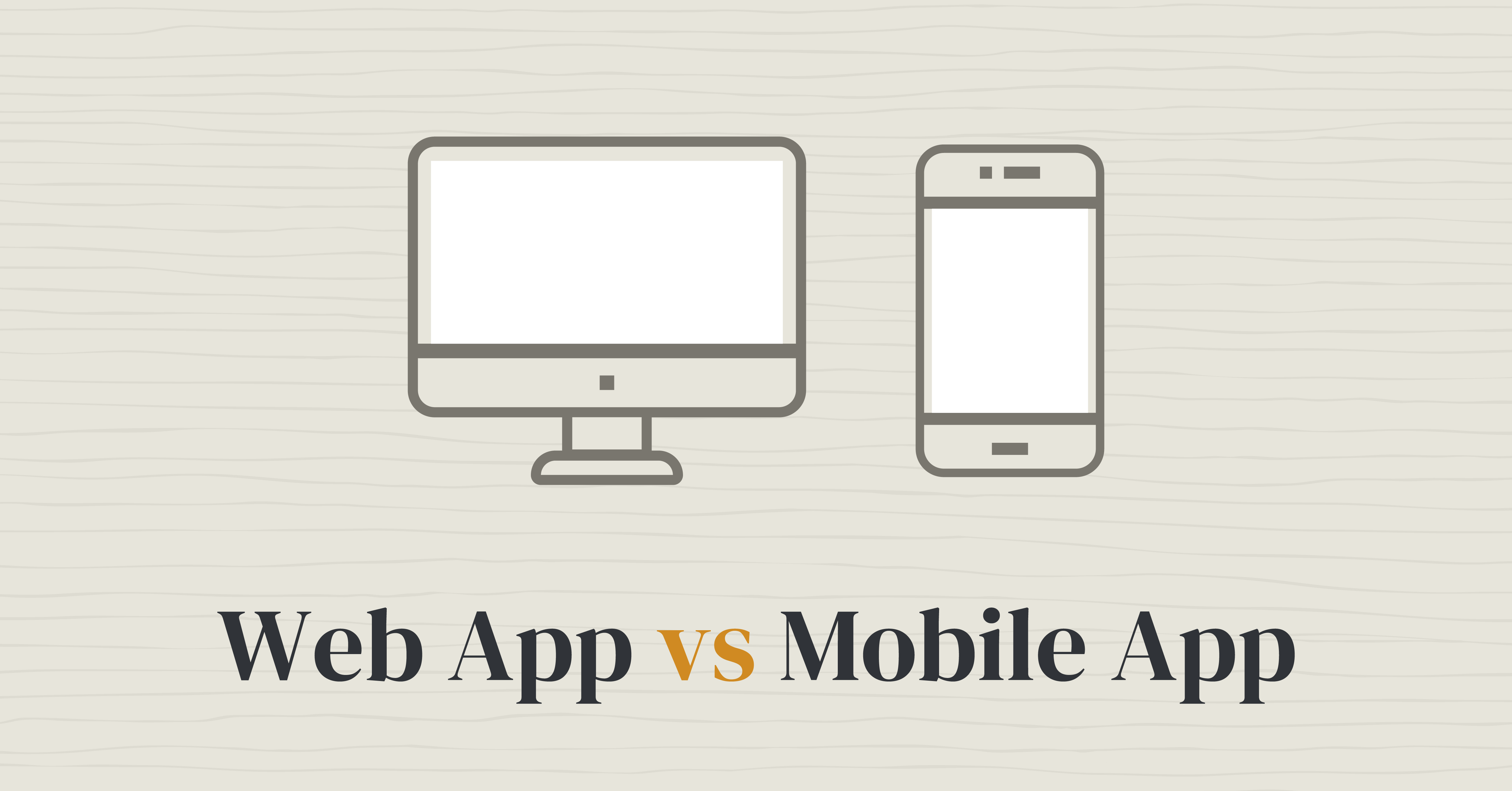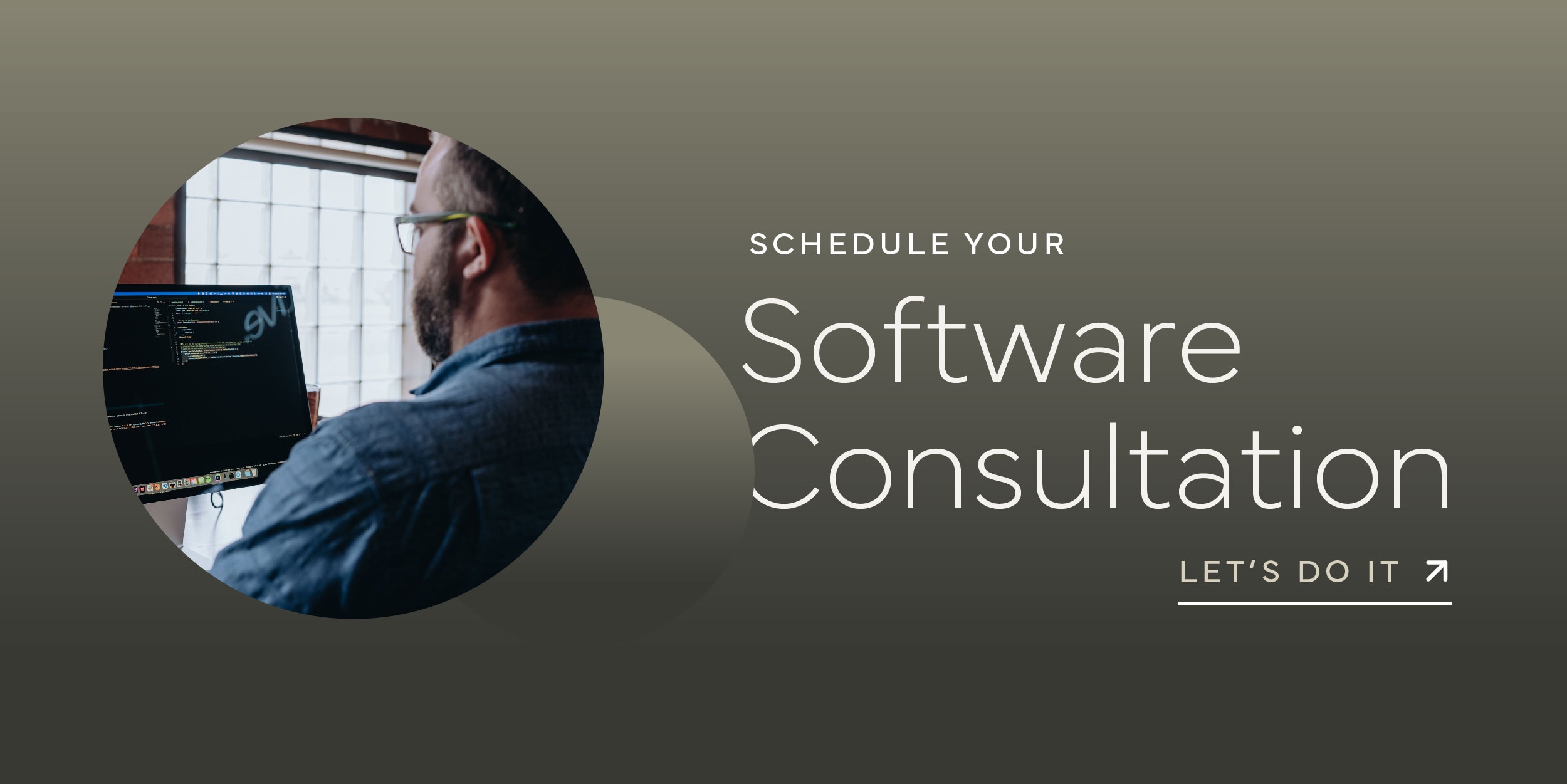BLOG Web App vs Mobile App
Web App vs Mobile App
POSTED BY The Prim Pack | Nov 17, 2021

More and more frequently, I feel like I am living in one of those Progressive commercials where an instructor is trying to prevent people from turning into their parents. I love my parents and I’m incredibly grateful for them, but I’m not quite ready to starch my jeans or only wear Spaldings. It is, however, starting to feel like the slide into old age is inevitable. Not to date myself here, but I’m old enough to remember when Pluto was a planet. I still feel giddy whenever I hear the sound of dial-up internet. I was using AOL before today’s “younguns” even knew what a text message was. And, I am so old that I remember the very first time I used one of those newfangled “applications.”
Now, Pluto is more likely to have a starring role in Snow White than a solar system, dialup is just a random sound you might hear on a really old movie, AOL is just a misspelling of LOL, and kids today are just as likely to interact with a business through an app as they are a website. But this abundance of apps has businesses of all kinds trying to figure out how to offer the best experience for their customers and prospects. Which app will truly meet the needs of customers: a web application? A mobile app? How do you decide which option is the best, and even more importantly, how do you successfully build either option?
Web App vs Mobile App: Is There a Difference?
If you’re like me and feeling the limits of your age, thinking about software such as a web or mobile application can feel daunting. Are they the same thing? Are they worth all the time and effort involved? Will learning about them impact my regular viewing of Golden Girls? The wonderful news is that understanding the difference between a website app and mobile one is far simpler than you might think: just think about your favorite post-Halloween clearance treat, candy bars.
Web Applications: A Pretty Sweet Deal
Historically, candy bars came in one size. Think the standard size you usually see at a gas station or in the checkout lane of the grocery store. A web application is the original size and flavor for online applications. And the name implies exactly what it is: an application on a website that allows users to perform a specific task or function. While a website is static (what you see only changes if someone actually goes into the backend and changes the content), web applications are more interactive and dynamic. Examples of web applications include things like Gmail, photo or video editing applications, and all of Google’s different work apps (including Google Docs, Sheets, and Slides). However, while there is a wide range of possibilities for the kinds of applications you can build, they all employ a similar technology and setup.
The benefits of building a website application to create your desired solution is that they are often less time-intensive, which keeps the overall project cost down. Web applications do not have to be formatted to fit a specific phone type (Apple or Android), and don’t have to wait to receive app store approval. The technology used to build a web application allows for a more simplified development life cycle, meaning your project is completed more quickly and at less cost to you. Because website apps are based on a website, users are not required to perform regular updates for the application to work properly, but users will always need to have an internet connection in order for the application to launch. Just like your favorite standard size candy bar, the end result with a web application is sweet and satisfying, and just right for what you need. 
Mobile Applications: Fun Sizes for Everyone
But, a standard candy bar doesn’t always do the trick. Sometimes, you just need a fun size option that is easier to distribute, or won’t cost you as many calories after lunch. The same is true for business: sometimes, the solution you need requires a different kind of application.
That’s where mobile applications come in. Also known as native apps, these are applications that live on a device’s operating system (whether it’s Apple or Android). Just like the fun size chocolate you stole from your kid’s Halloween bucket, these apps go with you everywhere. A popular example would be a tool like Instagram or Google Maps. The entire point of the application is that it is to be used on your mobile device, which means it lives entirely on your phone’s operating system.
Mobile apps tend to be incredibly engaging in their functionality, as they are uniquely designed to live right at a user’s fingertips (and just like fun size candy bars, they are wildly addictive). But they are more expensive to build than web apps, and do require users to regularly update their device as there are updates to operating systems. Because native apps have to live in a specific app store, they require extra development and specific technology to build. This means they have a longer development cycle and are more expensive than web apps.
Which Candy Bar Application is the Best Choice for Your Company?
Like always, the answer to this question is going to vary depending on your business, your customer, your budget, and your custom solution you want to offer. But at Primitive, our software team almost exclusively starts with a web application for our clients, and here is why:
- It lays a valuable foundation: clients might realize the web application perfectly meets their needs. Other clients who need a mobile app will be able to learn from the first web version.
- Piggybacking off the above point, a web application allows for rapid prototyping and quick iteration. In programmer speak, iteration has to do with repeated steps or instructions sometimes called loops. The more rapidly these fire, the more efficient your application.
- Web applications do not have to be submitted to an app store for approval (which can be time intensive).
- Overall, web applications are less expensive than their mobile counterparts.
Let’s be clear: this doesn’t mean that mobile applications don’t have a time and place when they are necessary. But because they are more expensive, our team tries to be very thorough in our research to make sure that going with a mobile application (or starting with one) is the best fit for our client. There are two big indicators that lead us to decide we should transition to mobile:
- A company’s business model is built around a native app, and our developers have determined in our research that user engagement would be higher with a mobile option. Earlier, we mentioned Instagram as an example of a mobile app. Very few people would even think about taking their laptop out to a restaurant in order to get a selfie with friends over brunch. It’s something you do with your phone on a mobile app.
- A company’s desired solution requires a very specific functionality that is not available on a web app (use of camera, advanced location services, push notifications, etc.). If these can’t be accomplished with a web app, we will build mobile first.
Build Tools that Take Names and Kick Apps
Long gone are the days when your only interaction with a customer was face to face or just through your website. More and more businesses are turning to software applications to create unique, helpful solutions and experiences for their customers. Whether you want to look at creating a web application, or are committed to building a native mobile app, you need to build something that will work smoothly without any glitches, and will actually provide what customers need or want.
The best way to accomplish this is to work with a team of developers who bring experience, expertise, and unique insights to every project. And while you can spend your time searching through the thousands of options that appear when you try to search software development, we’d love to save you that time and share our team for consideration. We are proud to have built a group made up of some of the best developers in the industry. They are smart, gritty, and able to use years of experience to identify everything your business needs in an app (and avoid everything that will only cost you time and money). When you work with us, you don’t just get one developer, you get a team of them along with product owners and people to manage the entire project. Click the image below, and someone from our team will contact you to set up a meeting to learn more about your business and your needs. We can promise you, the end result will be sweet.
SHARE THIS POST:

About the writer, The Prim Pack
Primitive is a full-service digital agency specializing in strategy, branding, web development, and technology solutions. With a passion for innovation and a commitment to helping businesses grow, our team crafts digital experiences that make an impact.
